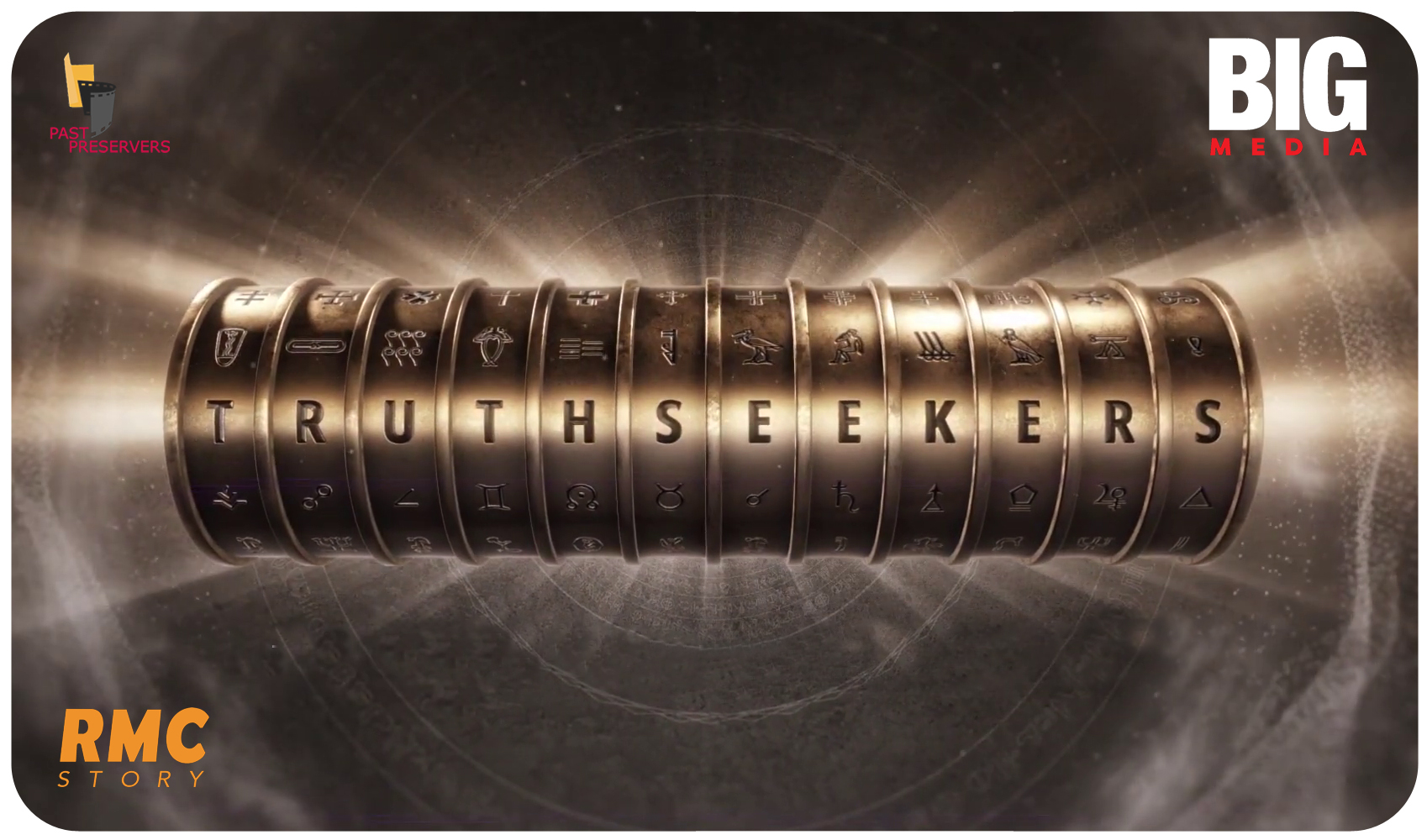MEDIEVAL EASTER POINTLESS FACTS COUNTDOWN
EASTER POINTLESS FACT NUMBER TEN: Easter is a moveable feast that is always on the first Sunday following the Paschal Full Moon. However, the date of that full moon is determined by lunar dates established by the church in the past as opposed to what the moon is actually doing. Confused? Blame the Council of Nicaea in AD 325 which vexed over whether to use the solar or lunar calendars and came up with a messy compromise.
EASTER POINTLESS FACT NUMBER NINE: In the early church, Alexandria was often turned to for advice because its astronomers – in the Greek tradition of learning – were hugely respected. But bust ups over the date of Easter did occur between Rome and Alexandria.
EASTER POINTLESS FACT NUMBER EIGHT: Many early Christians observed Easter on the ‘fourteenth day of the moon’ irrespective of whether this was a Sunday. This practice took centuries of effort by the church to stamp out – continuing in England until the 7th century AD.
EASTER POINTLESS FACT NUMBER SEVEN: In 1583, the Vatican introduced the new Gregorian calendar to correct discrepancies in the older Julian calendar, dating back to the Roman Empire. This changed the date of Easter. But the Eastern Orthodox church has never accepted the amendments made by the pope to the calendar and stuck with the Julian version. So Easter in the east will be 13 days later this year.
EASTER POINTLESS FACT NUMBER SIX: It took until the year 1753 for Britain and its colonies (including America) to adopt the Gregorian calendar and so Easter then fell into line with the rest of western Europe.
FIND OUT MORE: Go on a Templar Grail Quest this Easter!
EASTER POINTLESS FACT NUMBER FIVE: Was the Last Supper a traditional Jewish passover meal? Mark, Matthew and Luke seemed to think so but John gave it the thumbs down. The John position is often attributed to Christians seeking to remove the Jewish influence from the story of Jesus. But some Jewish scholars think John may have had a point – Jesus could not have been put on trial and crucified during the Passover – it breaches Jewish religious laws.
EASTER POINTLESS FACT NUMBER FOUR: There is a rather odd Easter story involving Mary Magdalene – popularly believed in the Eastern Orthodox church. One version has Mary Magdalene having dinner with the Roman emperor Tiberius (details of how such a dinner came to happen are a little scant). The emperor mocked the idea of a resurrection and said there was much chance of that happening as an egg (and he pointed to one conveniently located nearby) turning red. Whereupon said egg turned red! Why red? Because it represents the blood of Christ.
EASTER POINTLESS FACT NUMBER THREE: Easter bunnies appear as both hares and rabbits in medieval art – a symbol of fecundity. Hares are prolific breeders and produce litters at this time of year. The medieval mind loved ascribing values and virtues (and vices) to animals. So the Easter bunny was an appropriate symbol of re-birth.
EASTER POINTLESS FACT NUMBER TWO: In non-English speaking countries, Easter is known by variants of the word ‘Pasch’ dervied from the Jewish ‘Pesach’ meaning the Passover. The word Easter is often ascribed to an Anglo-Saxon goddess Ēostre and her feast was held during the month of April – something attested to by the Venerable Bede.
EASTER POINTLESS FACT NUMBER ONE: It’s claimed that Eleanor de Montfort provided an astonishing 3,700 eggs for her medieval Easter celebrations in the year 1265.












2 thoughts on “Medieval Easter – ten pointless facts”